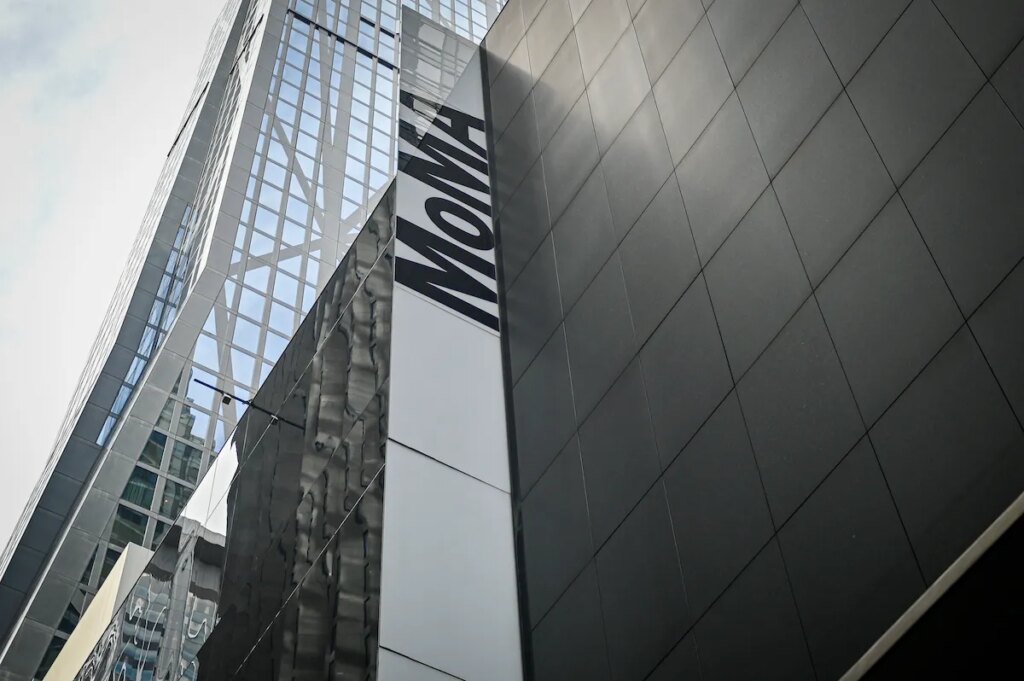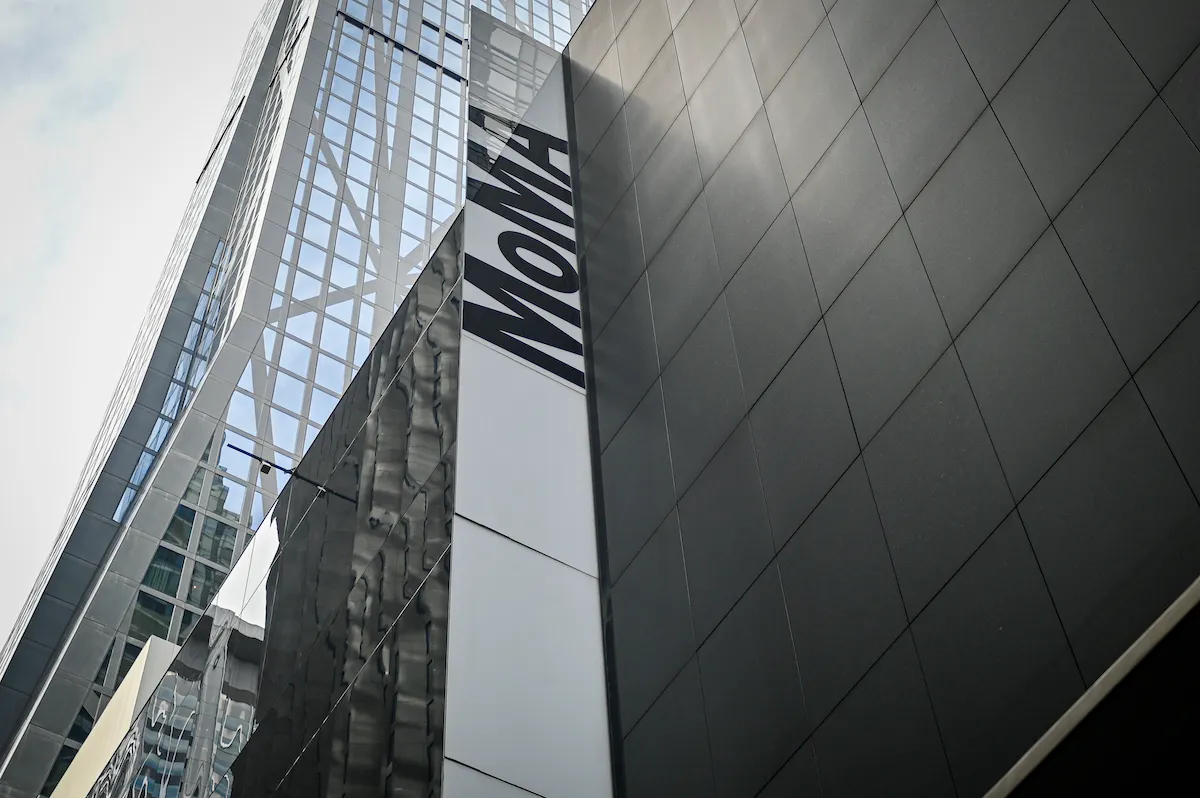
New York’s Museum of Modern Art is set to enter a new era next year when Glenn Lowry, its longtime director, departs his post after 30 years at the helm. “I didn’t want to be the person who stayed too long,” Lowry told the New York Times. His departure has left with the New York art world with a big question: Who will take the reins at this venerable institution, which has not led a search for a new director since the mid-1990s?
Lowry’s successor has big shoes to fill. Under Lowry’s leadership, MoMA significantly expanded, both in scale and ambition. PS1, the contemporary art center in Queens, was brought under MoMA’s ownership via Lowry in 2000, and MoMA’s main building has grown considerably in size under his leadership. So, too, has its endowment, which increased eightfold under Lowry. Add to this the fact that MoMA’s entire remit changed with the museum’s 2019 rehang, which broke art history free from the rigorous lineage that the institution itself had been responsible for engineering.
Who will pick up the slack from Lowry? Ever since its founding in 1929, MoMA has been led by white men, with Lowry being the latest in the succession of them. That means that once Lowry exits the top position, MoMA now has an opportunity to change that.
Beyond that, things are far less certain. Might the next MoMA director be a modern art expert, or will that person be a specialist of a different kind à la Lowry, who studied Islamic art before coming to the museum? Will the next MoMA director even be from the museum world at all? The Guggenheim Museum recently picked a leader of a university for its director; MoMA could follow suit.
Below, ARTnews takes five guesses about who may be the next director to lead MoMA.
-
Thelma Golden

Image Credit: Disney/Getty Images Why She’s Important: Golden has revolutionized the Studio Museum in Harlem, a New York institution dedicated to artists of African descent where she currently serves as director and chief curator. She’s fostered generations of artists and curators at that museum, and even pinpointed emergent styles, famously proferring the notion of “post-black art,” which did not explicitly respond to Blackness itself. She previously worked as a curator at the Whitney Museum, where her exhibitions included the polarizing 1994 survey “Black Male: Representations of Masculinity in Contemporary American Art.”
Why She May Be the Next MoMA Director: Golden is widely considered the most likely candidate to succeed Lowry, who has made it a point to firm up ties between MoMA and the Studio Museum. When the Metropolitan Museum of Art was looking for a new director during the late 2010s, she was reportedly a candidate. Although she ultimately lost out on the role to Max Hollein, the fact that her name was mentioned during that search is a sign that high-power New York museum boards believe she can take on a major role.
There is, however, one reason Golden may not take the MoMA job: museum directors typically do not leave their posts while an expansion is underway, and the Studio Museum is currently in the process of constructing a new building. Once that building is completed, Golden would be far more likely to depart her current post.
-
Jessica Morgan
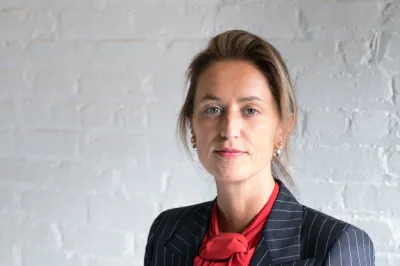
Image Credit: Don Stahl Why She’s Important: Morgan is currently director of the Dia Art Foundation, the New York organization that runs several spaces, including Dia:Beacon just outside the city. For years, the foundation had focused on Minimalist art by white males, leading to the exclusion of many artists who did not fit that bill. Morgan has been explicit about the gaps in Dia’s holdings and programming, and has actively sought to fill them in, with Dia’s curators bringing on artists such as Delcy Morelos, Steve McQueen, and Carl Craig to do large-scale commissions in the past few years. She had been a curator at Tate for more than a decade before joining Dia in 2014.
Why She May Be the Next MoMA Director: Morgan’s canon-expanding sensibility syncs with MoMA’s post-rehang ethos. And though art-historical knowledge is not a requirement for a position like MoMA’s director, that Morgan has it is a point in her favor—her exhibitions have focused on under-recognized artists, globalized the Pop art movement, and made the case for figures such as Martin Kippenberger. Plus, Morgan has worked in a high-ranking position at Tate Modern, the closest equivalent to MoMA in Europe. But, with Morgan now having worked passionately at Dia for a decade, it will be difficult to pry her away for a new position.
-
Rebecca Rabinow

Image Credit: Photo Selcuk Acar/Anadolu Agency/Getty Images Why She’s Important: In 2016, after 26 years at the Metropolitan Museum of Art, Rabinow left her post as a curator of modern art to return to her Southern roots. She took up a new position in Houston as the head of the Menil Collection, one of the most revered cultural spaces in Texas, home to works by mid-century artists Yves Tanguy, Max Ernst, Jackson Pollock, and Mark Rothko. Notable shows on Cubism and Matisse at the Met prepared her to update the Menil Collection, which she soon helped expand. In 2018, after raising $121 million, she opened the Menil Drawing Institute and brought in a $50 million bump to the foundation’s endowment.
Why She May Be the Next MoMA Director: Rabinow’s Met ties may have brought her close to high-power New York donors, and that makes her a natural fit for MoMA. Plus, she helped the Met strengthen its modern art offerings and surely could do the same at MoMA. In 2014, responding to the competition from MoMA, she organized a landmark exhibition featuring pieces from the 40-year-old collection of cosmetics mogul Leonard Lauder, who had left the works in a significant gift to the museum the year before. Through experiences like this, and similar ones at the Menil, Rabinow has developed a distinct skill shared by few of her peers: bringing long-held private art troves to the public.
-
Franklin Sirmans
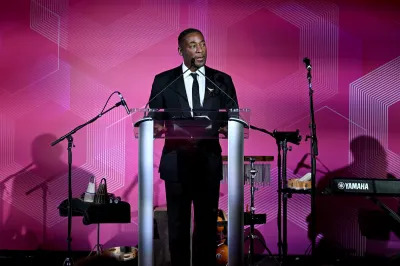
Image Credit: Photo Jason Koerner/Getty Images for PAMM Why He’s Important: Before arriving at the Los Angeles County Museum of Art in 2010, Sirmans was the curator of modern and contemporary art at the Menil Collection in Houston and had a stint organizing New Orleans’s Prospect triennial. Then, in 2015, Sirmans was tapped to direct the Pérez Art Museum Miami, a position he still occupies. When Sirmans joined the Pérez, several directors before him struggled to break through the museum’s main barrier at the time: a lack of substantial fundraising that kept its endowment well below its stated goal of $70 million. By hiring him, the trustees hoped that Sirmans could pull other important donors into the museum’s circles. He succeeded in doing so, just as he had at LACMA, where he established a new committee of philanthropists to focus solely on acquiring more contemporary art.
Why He May Be the Next MoMA Director: So far, Sirmans has done more than deliver on the promise of a more secure financial future for the Pérez, whose endowment has grown under his direction. Two new separate funds established to bring in Black art and Latinx art to the collection allowed Sirmans to elevate PAMM’s profile. MoMA has sought in recent years to make its collection more robust in those areas, making him a potentially attractive candidate in that regard.
-
Courtney J. Martin
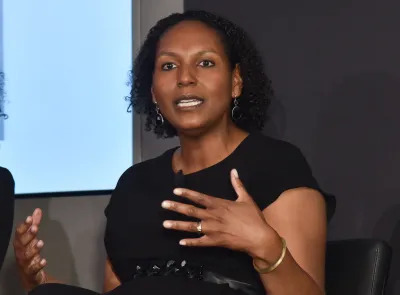
Image Credit: Paul Bruinooge/Patrick McMullan via Getty Images Why She’s Important: Martin recently became executive director of the Robert Rauschenberg Foundation in New York (a post once held by Kathy Halbreich, formerly MoMA’s associate director). Prior to the Rauschenberg Foundation, Martin was director at Yale’s Center for British Art, where she led the center’s post-pandemic opening with shows focused on Bridget Riley, Marc Quinn, and Njideka Akunyili Crosby. Martin has previously also served as chief curator and deputy director at the Dia Art Foundation in New York, where she helped update its Minimalism-focused program to feature more art after that 1960s movement.
Why She May Be the Next MoMA Director: Martin has something that other top candidates in her field may lack: a background that includes time spent teaching at universities such as Brown and Vanderbilt. That means she has experience in academia, and while that is not necessarily a requirement for a museum leadership role, it can sometimes be an asset, as it shows a deeper understanding of the role institutions play in the study of art history. (Martin also has PhD and has written on 20th-century British art.) As MoMA seeks to reach both the general public and art historians, Martin may prove particularly helpful.

